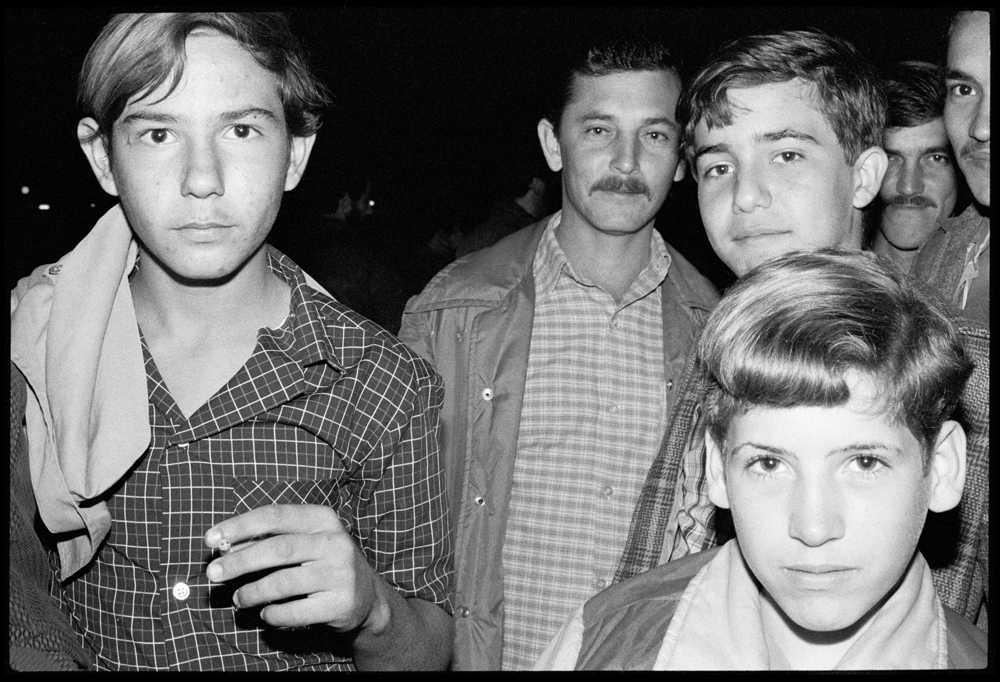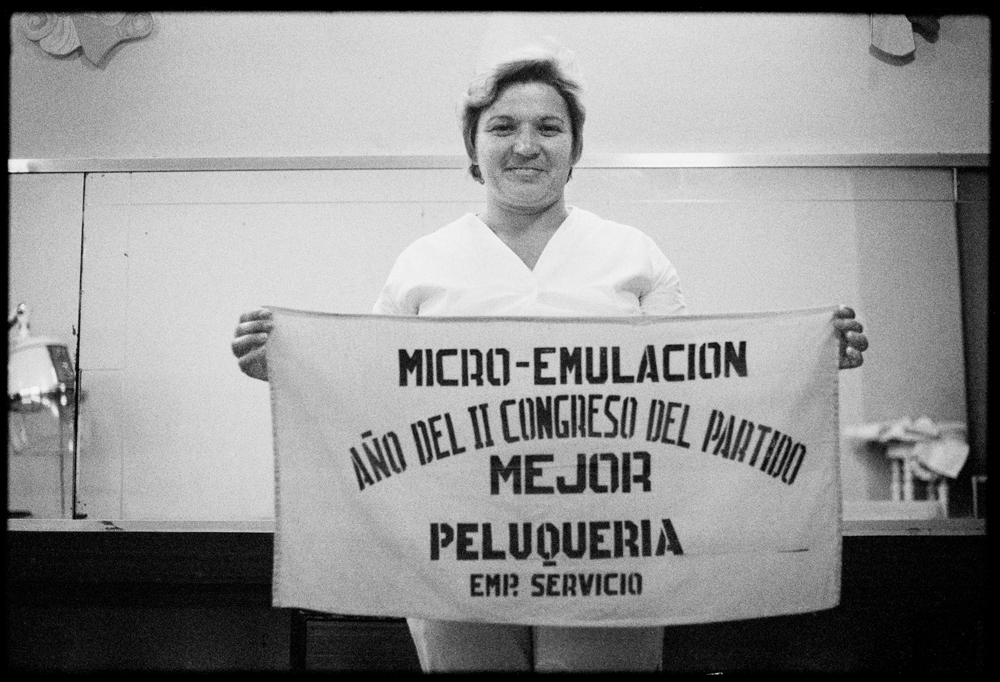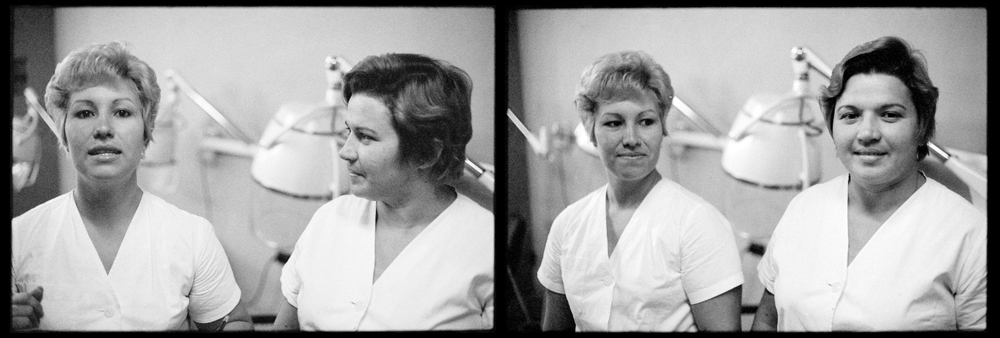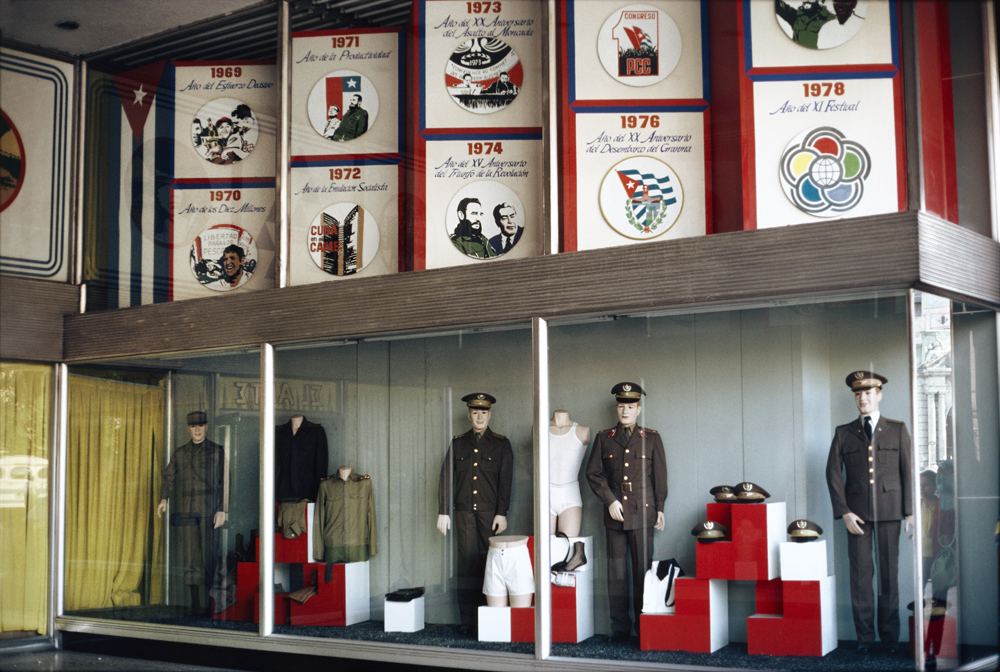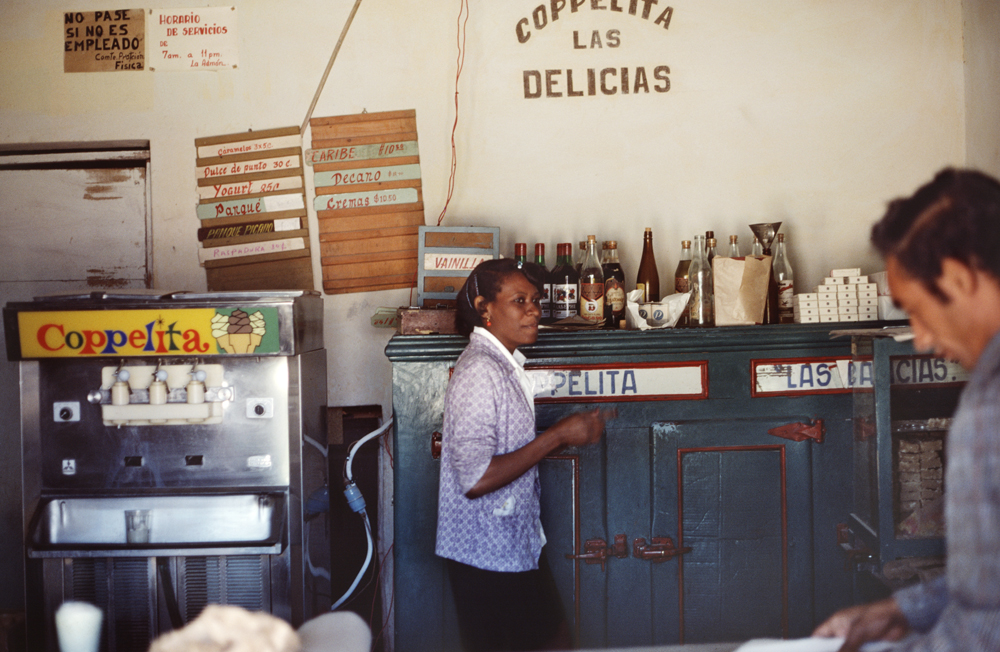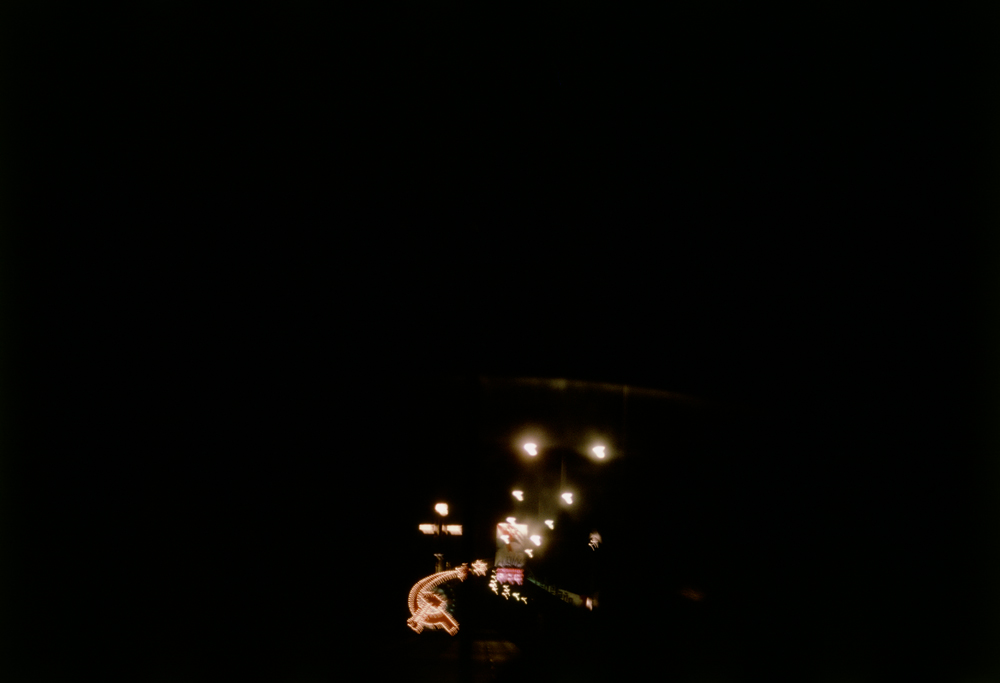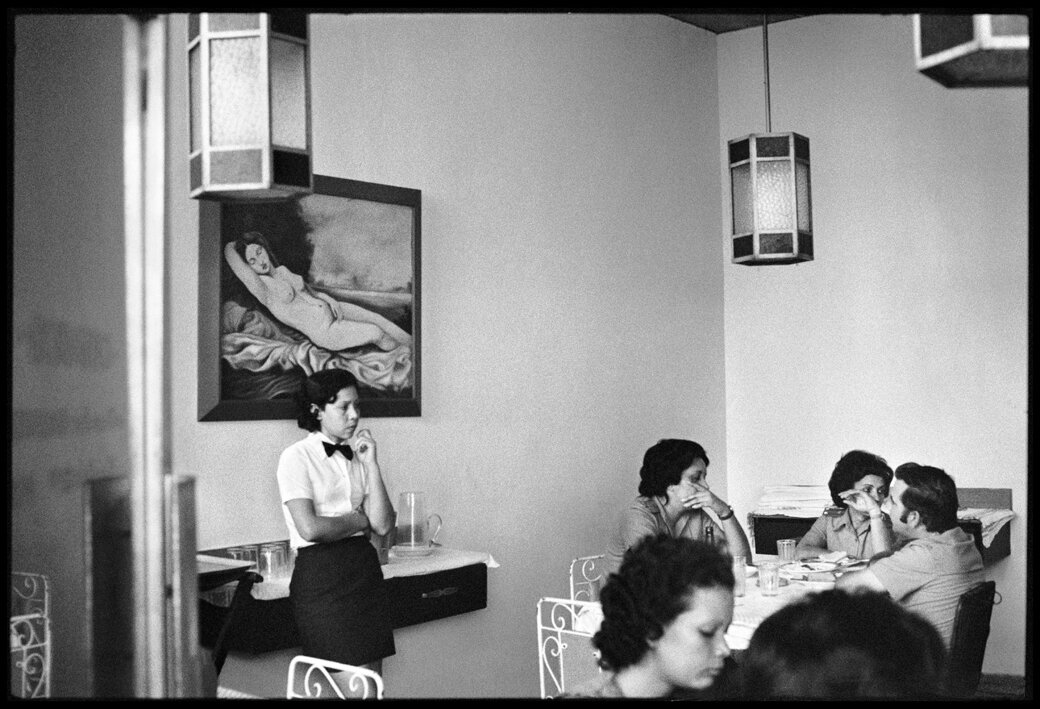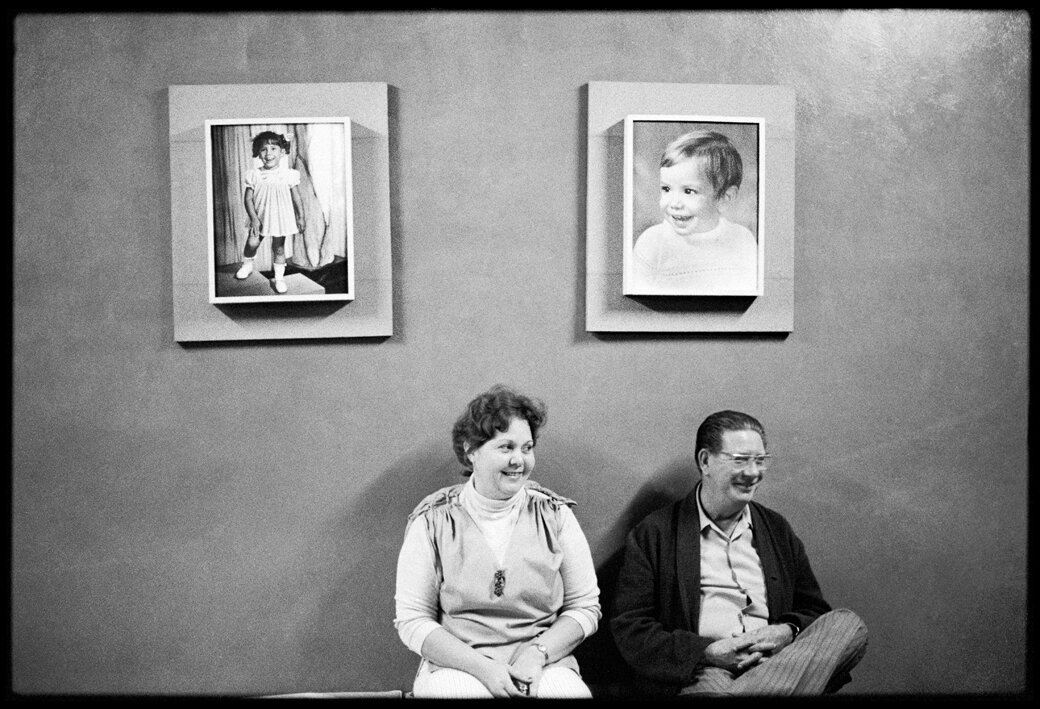Cuba, January 1981
2012
In early 1981, Rosler and a group of other artists and intellectuals joined a cultural tour organized by Ana Mendieta and Lucy Lippard. Traveling around the island from Havana to Camagüey, Santiago, and Trinidad, and points in between, Rosler photographed shops, buildings, and people, as well as the posters and billboards that punctuated the roads and urban spaces.
January 1981 marked the end of the 1970s, not only for the obvious reasons but because it marked the moment after Reagan's election and before his inauguration, after the discourses of détente, human rights, and egalitarianism and before the onslaught of neoliberalism, anti-terrorism and militarist adventurism and supply-side “trickle-down” rhetoric masking the huge upward redistribution of wealth. The Mariel “boatlift” from Cuba to Florida had just ended in October, just in time for Reagan's election in November. But the meaning of the 80s—for the visitors as well as for the Cubans they met—was still located only in nightmares and fears, not yet realized.
The images, like Rosler’s other photographic images, present a visual experience of the common spaces of society and the spaces where exterior and interior worlds intersect: cafés, schools, beauty parlors, theaters, churches. As Cuba was, at the time, largely off-limits to U.S. citizens, these images also exist in a hazy area of widely divergent assumptions about Cuban culture and the role of Cuban Communism.


